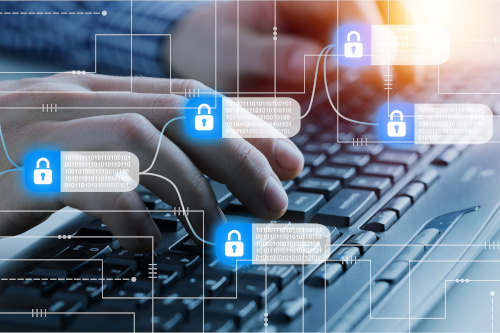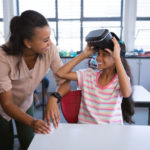Cyberattacks against educational institutions have skyrocketed–and keeping student and educator information safe and protected is a top priority.
Schools need versatile solutions that update, adapt, and scale to support everyone, in and out of the classroom.
In an eSchool News webinar, cybersecurity and school district IT experts share tips on how to implement the Microsoft tools and systems to ensure your IT is safe, accessible, and easy to manage.
Experts dive into the following tips:
- Cloud security: monitoring, detection, and protection to secure data.
- Trust and Security Suite: automated compliance templates and AI-powered security to protect devices and apps.
- Compliance Manager: featuring more than 900 customizable controls and over 200 compliance templates including FERPA and COPPA.
More from eSchool News
As an educator with 21 years of experience in teaching and learning, I have had the opportunity to work with students of differing abilities and learning backgrounds. During a typical school year, meeting the varied needs of my students makes for an extremely rewarding, but challenging job. However, the COVID-19 pandemic has compounded the needs of students tenfold, maximizing both the rewards and challenges of my role as an educator.
In 2020, the World Economic Forum released a list of the most sought-after skills for the jobs of tomorrow. Among them were a number of surprising entries such as creativity, coordinating with others, emotional intelligence, and service orientation. At least, they were surprising if you weren’t an educator.
Numerous studies have shown the lifelong importance of exercise and playing sports for young children. Physically active children are often happier children. Children involved in team sports develop lifelong friendships and develop a work ethic that stays with them through adulthood. But sometimes, the pressures of performing can have negative impacts on children.
As state leaders continue to weigh the best use of federal funding to improve education in the wake of the COVID-19 pandemic, a major new research report by the Learning Policy Institute and The Wallace Foundation underscores the importance of federal, state, and district policies that foster the availability and quality of principal preparation and professional development programs.
Want to share a great resource? Let us know at submissions@eschoolmedia.com.

:max_bytes(150000):strip_icc()/Health-GettyImages-1463319962-8cd36551dfb64dc49fa1bbfbc843bc40.jpg)














